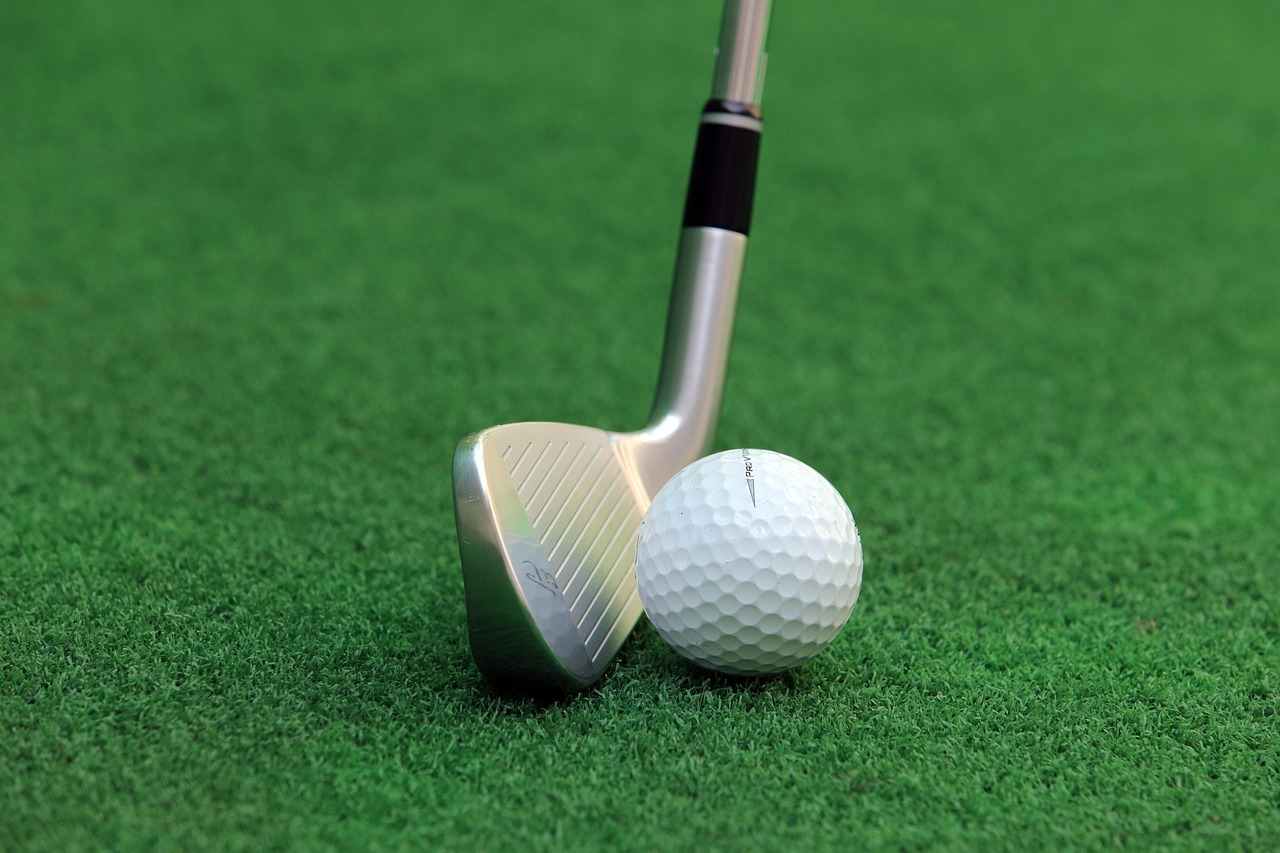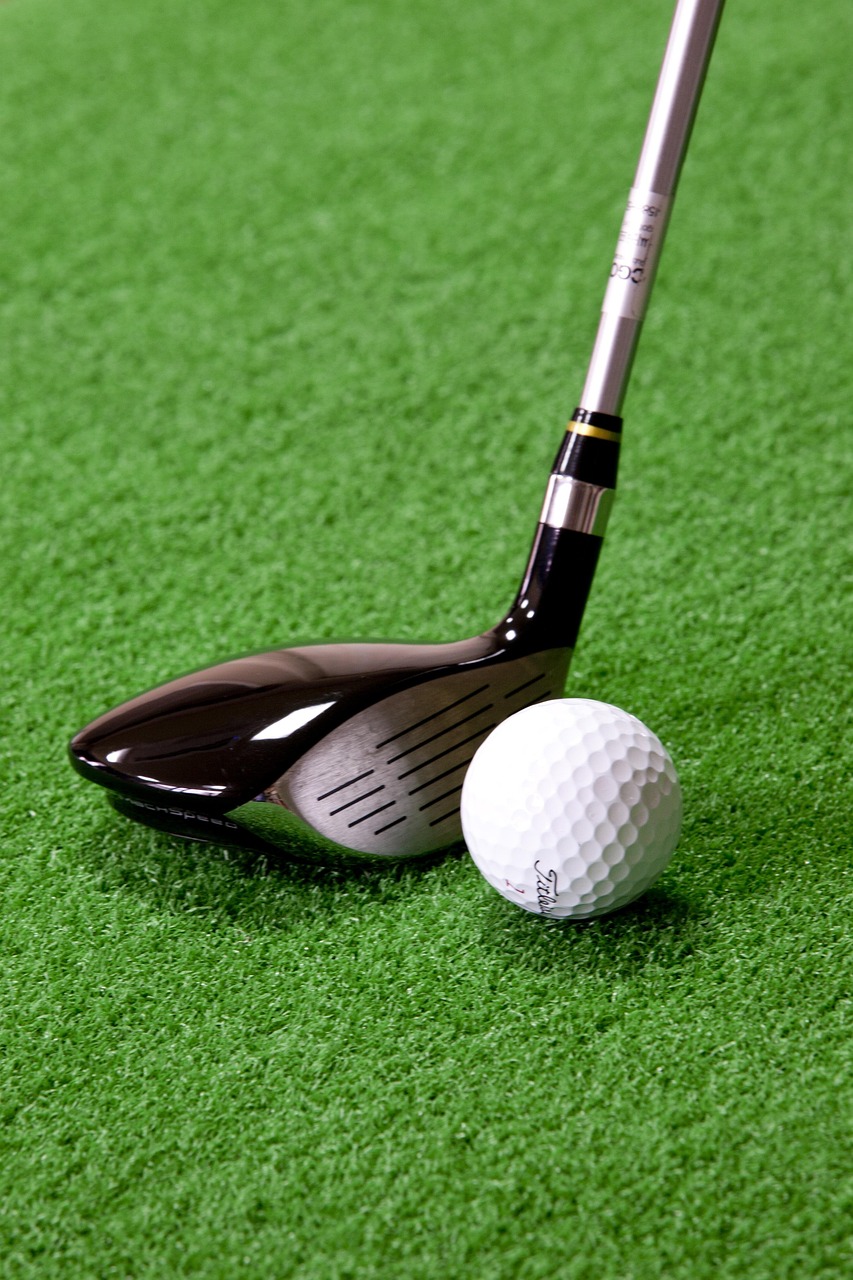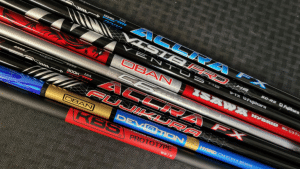Have you ever stood before a wall of golf clubs at your local sporting goods store and wondered which irons would best suit your game: game-improvement irons or players’ irons? It’s a dilemma familiar to both budding amateurs and seasoned golfers striving to optimize their play. Choosing the right set of irons can significantly impact not only your performance on the course but also your enjoyment of the game.
Understanding Golf Irons
Before determining which category of irons might be suitable for you, it’s essential to understand the basic function of golf irons. Designed for various shots, mainly from the fairway, irons are crucial for navigating diverse course terrains. With technological advancements, equipment manufacturers have diversified irons into two predominant categories: game-improvement irons and players’ irons.
Game-Improvement Irons: What Are They?
Game-improvement irons are crafted specifically with forgiveness in mind. The concept of “forgiveness” in golf refers to how well a club performs when the golfer’s swing isn’t perfect.
-
Design Features: Typically, these irons have a larger clubhead, a thicker top line, and a wider sole. The design generally includes cavity backs that allow the repositioning of weight around the perimeter. This design increases the Moment of Inertia (MOI), reducing the club’s twisting on off-center hits.
-
Purpose: Ideal for mid to high handicap players, these irons help minimize the effect of mishits, making them more suitable for those still honing their swing consistency.
Players’ Irons: The Essentials
Players’ irons, often preferred by low handicap golfers and professionals, focus on control and feel.
-
Design Features: These irons usually feature a smaller clubhead, a thinner top line, and are often blade-like or feature a shallow cavity back. The smaller sweet spot necessitates precise contact but rewards skilled players with exceptional feedback and shot-shaping capabilities.
-
Purpose: Tailored for golfers who prioritize distance control and the ability to work the ball, players’ irons can offer enhanced performance for those with a consistent swing and higher skill level.
Evaluating Your Skill Level
Determining which type of iron suits your game begins with honest self-assessment regarding your golfing skills and experience.
Swing Consistency and Ball Striking
Consider your ability to consistently strike the ball cleanly. If you find yourself frequently mishitting or struggling with distance control, game-improvement irons may be beneficial. Conversely, confident ball strikers who can deliberately shape shots might find players’ irons more suitable.
Handicap Consideration
Your handicap is another indicator of which irons you might need. Generally, a higher handicap suggests that game-improvement irons might be more appropriate, given their forgiving nature. Lower handicap players might benefit more from the precision and feedback offered by players’ irons.
Frequency of Play and Practice
How often do you play or practice? Regular players might appreciate the refined feedback of players’ irons, while occasional golfers might prefer the ease of use provided by game-improvement options.

The Decision Process: Choosing Between Game-Improvement and Players’ Irons
Understanding Your Personal Preferences
Beyond the technical aspects, your personal preferences play a vital role in choosing irons.
-
Feel and Feedback: Some golfers cherish the feedback from players’ irons, where the sensation of a perfectly hit ball is unmatched. Others might prioritize ease and consistency, valuing the consistent ball flights of game-improvement irons.
-
Appearance and Confidence: The look of the club can affect your confidence. A sleeker, players’ iron might inspire performance, or the more substantial game-improvement clubhead might comfort your visual alignment.
Importance of Club Fitting
No matter your choice, a professional club fitting can enhance any golfer’s game. It ensures that your clubs match your swing mechanics, strength, and preferred playing style, allowing maximum performance on the course.
Weighing the Pros and Cons
To assist you further, let’s compare the advantages and disadvantages of each iron type:
| Factor | Game-Improvement Irons | Players’ Irons |
|---|---|---|
| Forgiveness | High forgiveness for off-center strikes | Lower forgiveness, requiring precision |
| Control and Feedback | Moderate control, less feedback on strike | High control, significant feedback |
| Spin and Trajectory | Generally more forgiving, can launch higher | Offers ability to manipulate spin and trajectory |
| Aesthetic Appearance | Larger head design, thicker topline | Sleek, classic look preferred by traditionalists |
| Skill Level Required | Suitable for beginners to intermediate players | Typically for advanced players with consistent swings |
| Distance Help | Aids those needing more distance and correction in their ball flight | Relies on player’s ability for distance and shot accuracy |

Evaluating Other Influencing Factors
Technological Advancements
Modern manufacturing technologies have blurred the lines slightly between the two categories. Game-improvement irons often incorporate advanced materials and design elements that can cater to improving players’ needs, while players’ irons have also benefited from technology that enhances performance without sacrificing feel.
Budget Considerations
The budget remains an overlooked yet significant factor for many. Players’ irons often come at a premium due to their precise manufacturing demands. On the other hand, game-improvement irons, given their broad target market, can vary widely in cost.
Seeking Professional Guidance
Coaching and Lessons
If you’re still uncertain, consulting a golf coach or taking lessons can provide practical insights into your playing strengths and areas needing improvement. A coach can offer specific recommendations based on your swing and game profile.
Engaging with Club Pros
Try engaging with a club professional for demo days or fittings offered at most golf retail stores. Testing different irons under expert supervision will help you make an informed decision based on real-world performance.

Summary and Conclusion
The choice between game-improvement irons and players’ irons is not a straightforward one. It intertwines personal preference, skill level, and practical needs. Reflecting on your game, understanding the nuances of each iron type, and leveraging professional insights will guide your selection process effectively.
So, when faced with the decision, think about your golfing journey, the goals you aspire to achieve, and align those with the appropriate equipment that supports your path. The right choice is not just about enhancing your game statistically but ensuring each round is more enjoyable and rewarding.
Choosing the right irons can feel like striving to understand a beautiful yet complex language—they’re not just tools but extensions of your golfing persona. Through meticulous choice, you affix your commitment to game improvement and personal satisfaction, paving the way for a more fulfilling golfing experience.











